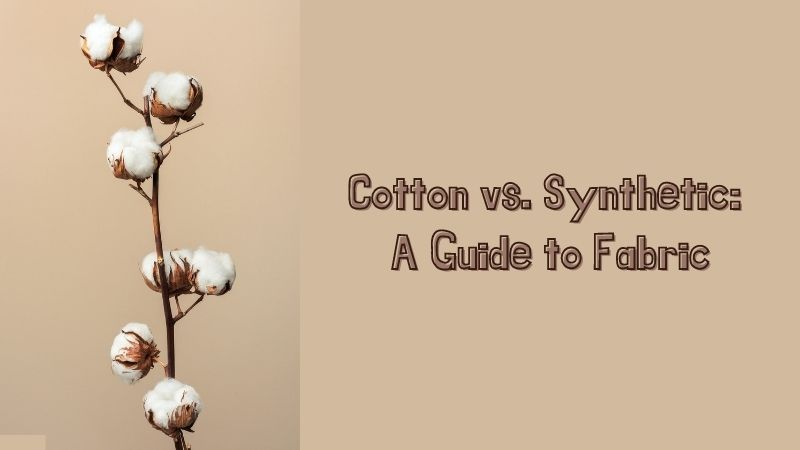Progress does not stand still, and the textile industry is trying in every possible way to keep up with it, creating new varieties of artificial fabrics to replace natural ones. It should be noted that the industry is very successful in this matter: sometimes it is impossible to understand what is in front of you – cotton or synthetics. More and more often we have to deal with the fact that the coveted “100% cotton” flaunts on the label, but in reality, we are dealing with a synthetic fake because not everyone knows how to define natural fabric.
Cotton is one of the most common materials for sewing almost any product, from napkins to clothing. Cotton is used to make fabrics such as poplin, satin, percale, which are ideal for making bedding sets and will make your sleep calm and comfortable both in cold winters and hot summers. Cotton clothes “breathe”, so you will definitely not be hot in them under the scorching sun.
However, the addition of synthetic materials to cotton is quite justified in order, for example, to improve the strength and durability of the product, to give it more shine and bright color saturation. Mixing synthetics and cotton greatly simplifies the production process, so now it is more and more difficult to find 100% natural products. And if you are going to buy cotton fabric, you should remember a few simple ways that will show you how to check your cherished purchase and help you find out how natural fabric differs from synthetic analogue.
How to tell if a fabric is cotton or synthetic
Take a good look at the fabric and feel it. Cotton retains heat perfectly, and natural fabric will almost immediately become warm in your hands, while synthetics, on the contrary, will remain cold. You can define real cotton by the following indicators:
- Shine. Only synthetics glitters and shimmers in the sun with all the colors of the rainbow. Cotton is devoid of such an obvious shine: in the sunlight, you can only notice a slight, faded and warm reflection;
- Crease. Synthetic fabrics always look neater than natural ones due to the fact that such products practically do not wrinkle. Try to hold a piece of fabric in your hand and wrinkle it vigorously. If you have real cotton in your hands, it will be very wrinkled. If it is a synthetic fake, the folds will be practically invisible;
- Combustion. Gently pull out one thread, being careful not to damage the canvas, and set it on fire, carefully monitoring the combustion process. Natural fabrics burn, and synthetics melt. After the cotton burns out, ash and a slight smell of burnt paper remain;
- Drying. Natural cotton fabrics perfectly absorb moisture and dry after washing much longer than all synthetic counterparts.
The latter methods, alas, can be used only after you purchase a canvas or a finished product, but you will be absolutely sure of what kind of fabric you purchased.
Disadvantages and advantages of natural fabrics
Cotton deservedly gained such popularity in the textile industry due to significant advantages:
- availability and low price of the material;
- it is not electrified, unlike synthetics;
- hygroscopicity – the ability to absorb moisture while remaining dry to the touch;
- simplicity in use – cotton can be washed at the highest temperatures.
However, cotton is noticeably inferior to synthetic counterparts in such indicators:
- durability – natural fabrics wear out and wipe out rather quickly;
- shrinkage – natural fabric products may noticeably shrink or stretch after a series of washes;
- crease – cotton products always look slightly wrinkled.
But these disadvantages seem completely insignificant next to the above-mentioned significant advantages.
